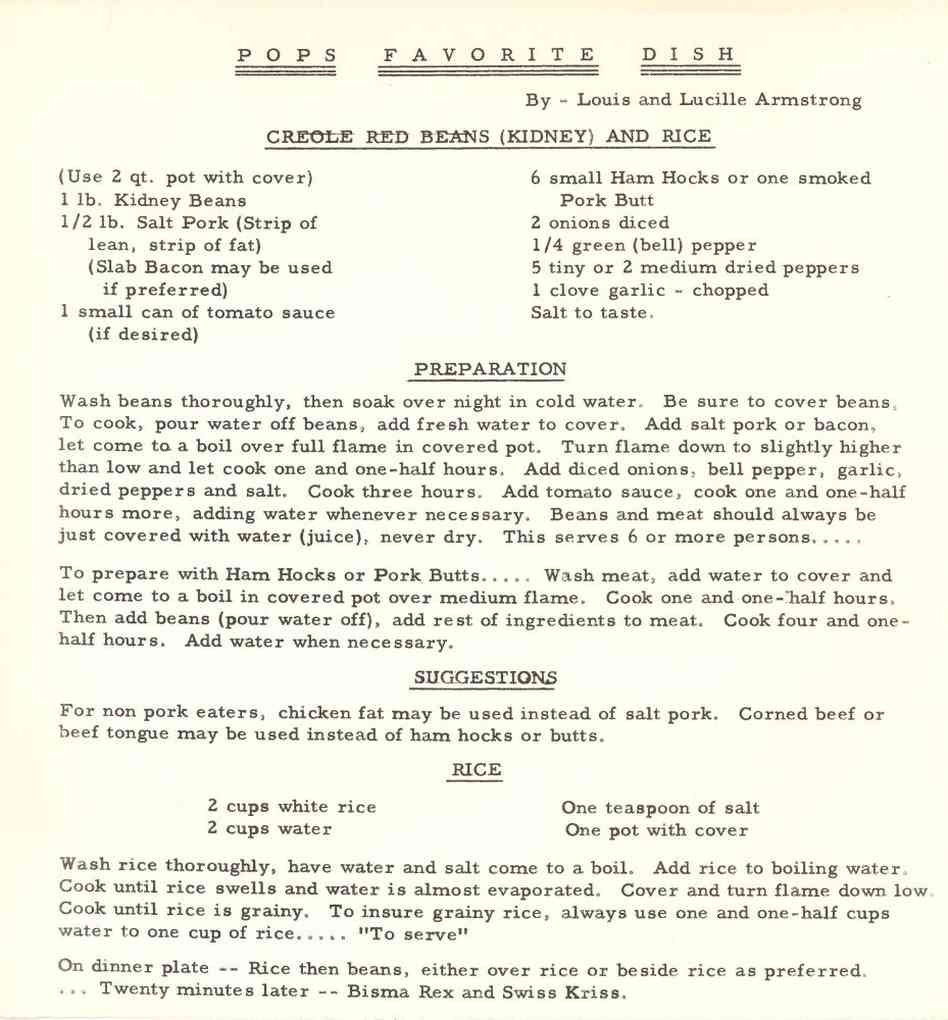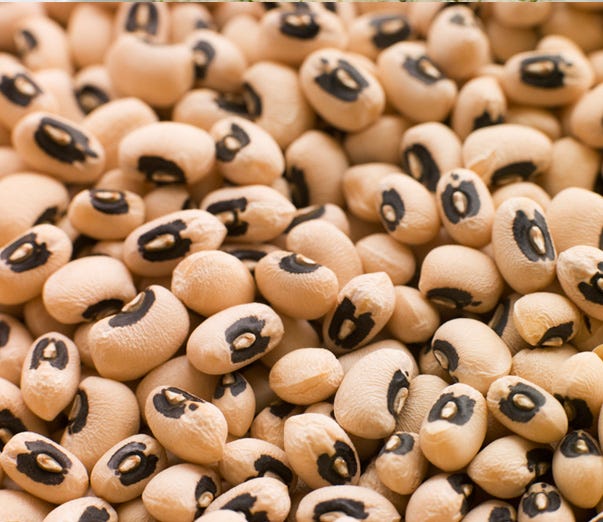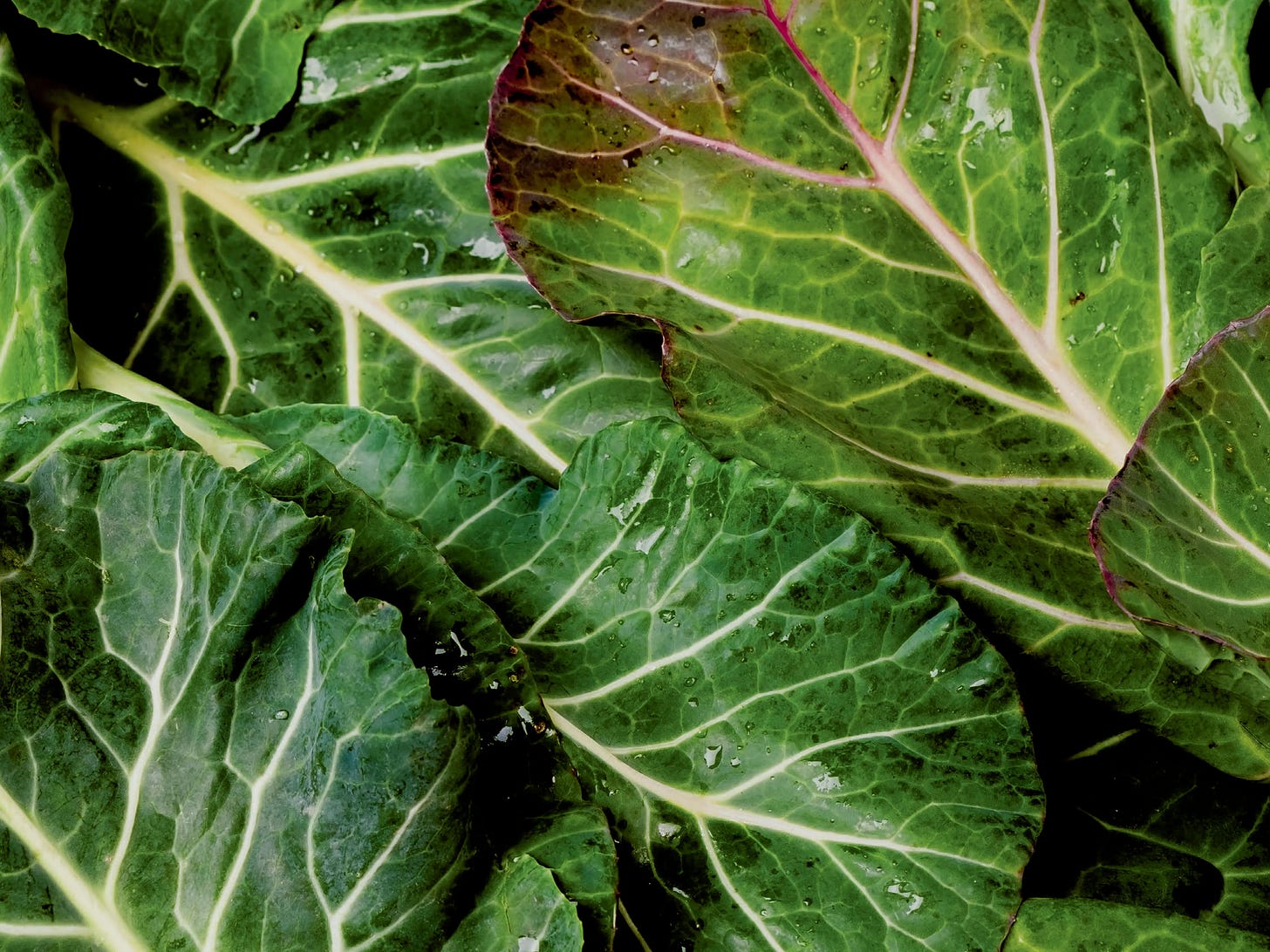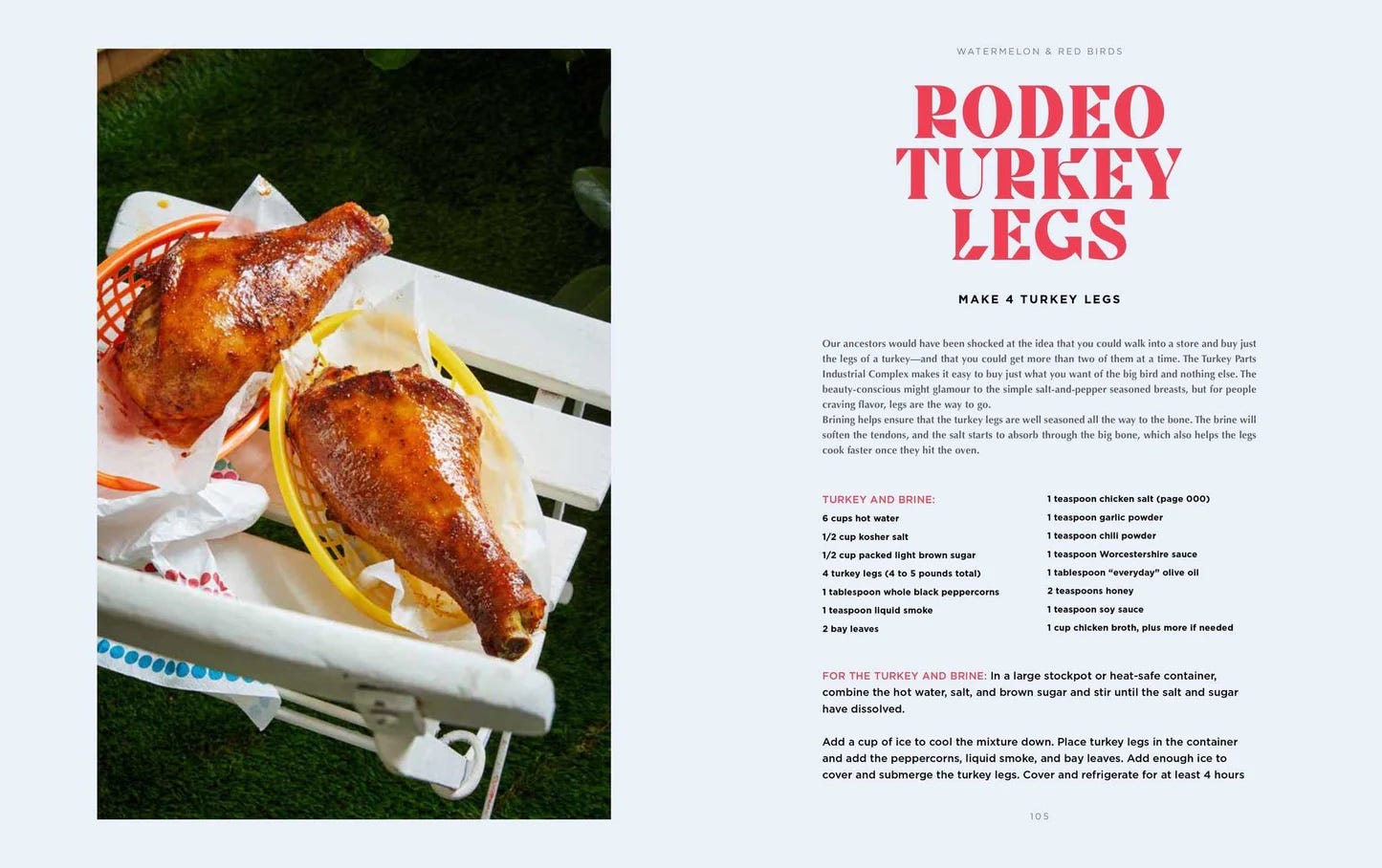Ancestry In A Pot - Prosperity Soup, Black Eye Peas, and Red Drink - Oh My!
Discovering the birth of Black Foodways just in time for Thanksgiving!
What’s in a name? Prosperity soup, Okra Stew, Red Beans and Rice, and more. These dishes are more than bits of tomatoes, greens, rice, feet of pork, and the neck from cow. They pay an ode to life and the people before them.
Growing up as a Georgia girl with family from the Carolinas and Louisiana our Thanksgiving and Christmas tables always had fun creole dishes alongside the traditional eats.
As I consumed these dishes I realized each ingredient holds a truth and tells a story.
Munching on black-eye peas, collards, and tomatoes in Prosperity soup brought good things to my life. Gumbo was chicken noodle soup for the soul times 1000.
Louis Armstrong loved the dish Red Beans and Rice so much he would sign his name Red Beans and Ricely. Simmering the red bean is a West African cooking method. Seasoning it to the nines with pork, bay leaf, and the holy trinity of bell pepper, onion, and celery puts the taste in another orbit.
As we approach this holiday season I’m learning more about how these black foodways were cultivated and am eager to share it with you.
Plus, you’ll have some tasty dishes to share with everyone at your holiday table!
Louis Armstrong’s Red Beans and Rice Recipe
Prosperity food groups - Black eye peas, Kidney Beans, and Collards
Black-eye peas are a popular crop due to needing little attendance and growing well in harsh weather. This crop and more were brought over with the enslaved during the transatlantic Slave trade.
Legend has it that black-eye peas were leftover after the Union raids during Sherman’s March to the Sea. Ironically they sustained Confederate soldiers for the rest of the battle.
Red Kidney Beans are considered to originate in Peru and through great migration made their way into the diets of Indigenous, African, and Haitian people.
Collard greens are a special crop and joined the prosperity family due to their resemblance to money green. This soft ridge leafy green arrived on American shores in Jamestown, Virginia, and was one the few vegetables enslaved families were allowed to cultivate for themselves.
Cornbread stood the test of time for its rich and warming color resembling the tone of yellow gold bricks. Its counterpart, corn compote or hoecakes, is the result of a few remaining ingredients an enslaved person could make to feed their families.
I marvel at the ingenuity of the human spirit despite oppressive systems that seek to rid them of their culture and well-being.
Each seed planted and crop picked nourished the soul of the South. They proved a richness in culture, planting, harvesting, and the livelihood these people held long before they were enslaved.
I indulge in that alchemy with every bite I take.
Speaking of indulging, you can’t have these hearty dishes and nothing to wash it down with. I personally love a crisp sweet tea or the fizz of a ginger ale but discovering Red drink has changed the game.
The Celebratory Red Drink
In the words of a famous musical cast, “You got to be dead red. You got to be real hot!”

The traditional Red drink began with steeping hibiscus leaves and Kola nuts to soothe throats, cleanse blood, and heal other ailments.
Steeping hibiscus also appears in Sorrel or Bissap, and its influence grows to this day. From strawberries to cherries to sweeten or sumac and cayenne to spice, Red drinks have multiple variations to suit your fancy.
Historically, Red drink was served in a variety of gatherings, parties, and celebrations. It is now the official drink of the Juneteenth holiday. Ours’ this year included a little twist of lime, simple, and cranberry!

When researching historic black foodways I come across a new food historian, filmmaker, journalist, you name it. These creatives and their work have opened a new world for me!
Nicole A. Taylor Johnson’s cookbook Watermelon and Red Birds is a host of recipes detailing the juxtaposition between black foodways and Americana history. In one chapter she explains how state fairs were segregated spaces despite parks and green spaces being playful and free spaces for black Americans.
Yet, the fair classics of Turkey legs, corn dogs, elephant ears, and funnel cakes are still found at many BBQs and cookouts - as they should be. In essence, Nicole makes the stance we all know. Black history is American history.
My favorite recipe in her book,(really every recipe in the book) is the Rhubarb BBQ Sauce and her Citrus Verdana salt blend!
Also the Turkey Leg…you can never go wrong with a Turkey Leg.
Nicole A. Taylor’s Rodeo Turley Leg Recipe
Michael Twitty is a wealth of knowledge on documenting black foodways and their historic cooking practices. Reading his work is like reading a warm note on a cold day.
Michael has been featured in productions such as Netflix’s High On The Hog and his cookbook The Cooking Gene is a tour de force on exploring food and its connectivity deeper.
Reading that book made me realize there’s a new avenue for capturing, preserving, and continuing our histories.
Our State of Food Today
As I’m taking stock of all of this (pun intended), what do I do with it?
Right now, the best thing I can do is follow the rabbit hole and see where it takes me. I’m also learning about new spaces where this type of research can continue to be cultivated such as Black supper clubs.
Black supper clubs have grown into safe spaces for marginalized communities to explore, experiment, and endeavor upon something new. They host several pops ups to dine on some of the tastiest dishes ever created all the while explaining the foundation they stem from.
It’s all connective tissue in the realm of foodways and I’m excited to be along on the journey!
I hope you’ve enjoyed this post and have found something tasty to make this holiday season. If you make or create something from this post please share and let me know! Happy Holidays!










Asia- I'm a big black-eyed-peas fan. A bit of okra won't hurt as well. So this list is really pleasing to me. Thanks for sharing.